As the coronavirus has waned across the country, China State Construction Engineering Corporation (CSCEC)'s sub-enterprises have been taking novel approaches to resume full production capacity and catch up with the project schedule, whilst keeping all prevention and control measures in place.
Deploying new technologies to speed up project progress
To limit the non-essential contacts during reopening, CSCEC took new approaches to field inspection with assistance from advanced technologies. The Fourth Division used CIM platform to monitor the large machines on site and flew drones to collect the data of the workforce, which has been updated on a daily basis. The web cameras installed on site can be accessed on PC or phone, and real-time data is sent to government regulators as well to improve the quality of enforcement during the post-pandemic period.
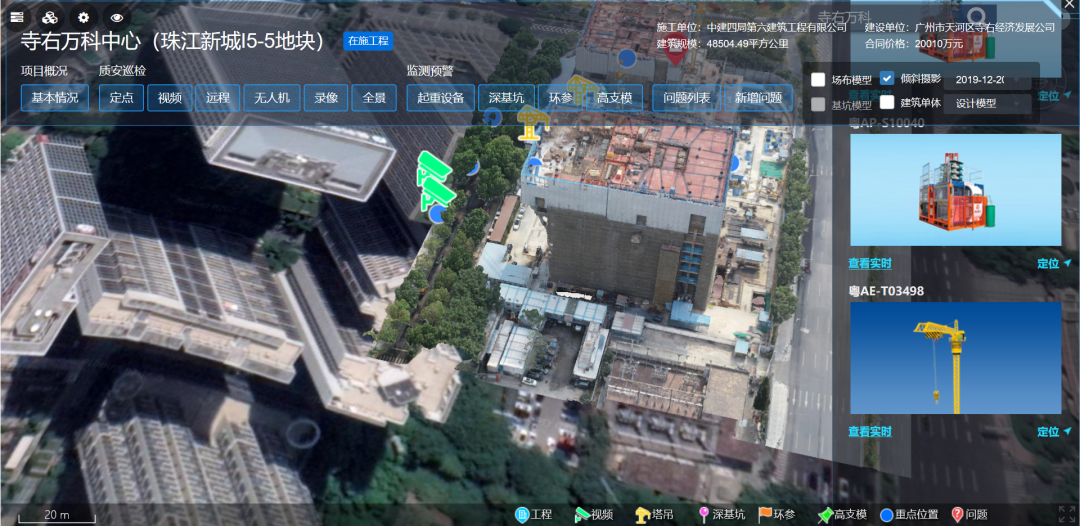
The Fifth Division adopted ready-to-assemble products for electrical engineering to speed up its projects. These new, solder-free versions increased the installation efficiency by at least 75%. Within one month after resuming construction, the new products are being used in more than 20 projects, including Changsha Blue-moon Valley Smart Manufacturing Park, Changzhou Line 2 Subway, and No. 5 High School of Xi'an City.
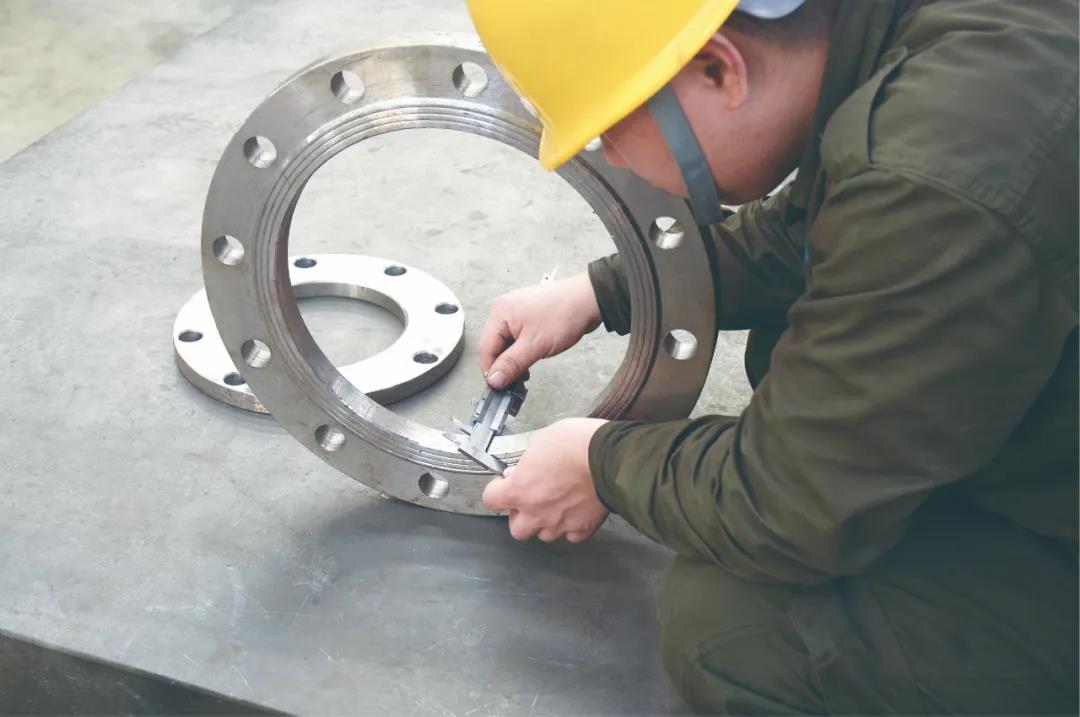
Similar approaches have been taken by the bridge construction team of CSCES’s Nanjing branch, who built a 150,000 square-meter base for intelligent, mechanized manufacturing of prefabricated components, which will be shipped and assembled on site. This way, not only is the duration of the construction shortened by 30%, the construction space is also spared of noise and waste, and the components make the bridge more resilient.
Advanced logistical management to maximize productivity
Some sub-enterprises coped with the new situation by optimizing logistical management, which has proven to be vital for catching up on production schedules. The Southwest Branch of the Second Division established a grid management system, with big data coordinating the resources between ongoing projects, tracking budgets, raw materials supplies, shipping and warehousing, and order fulfilment.
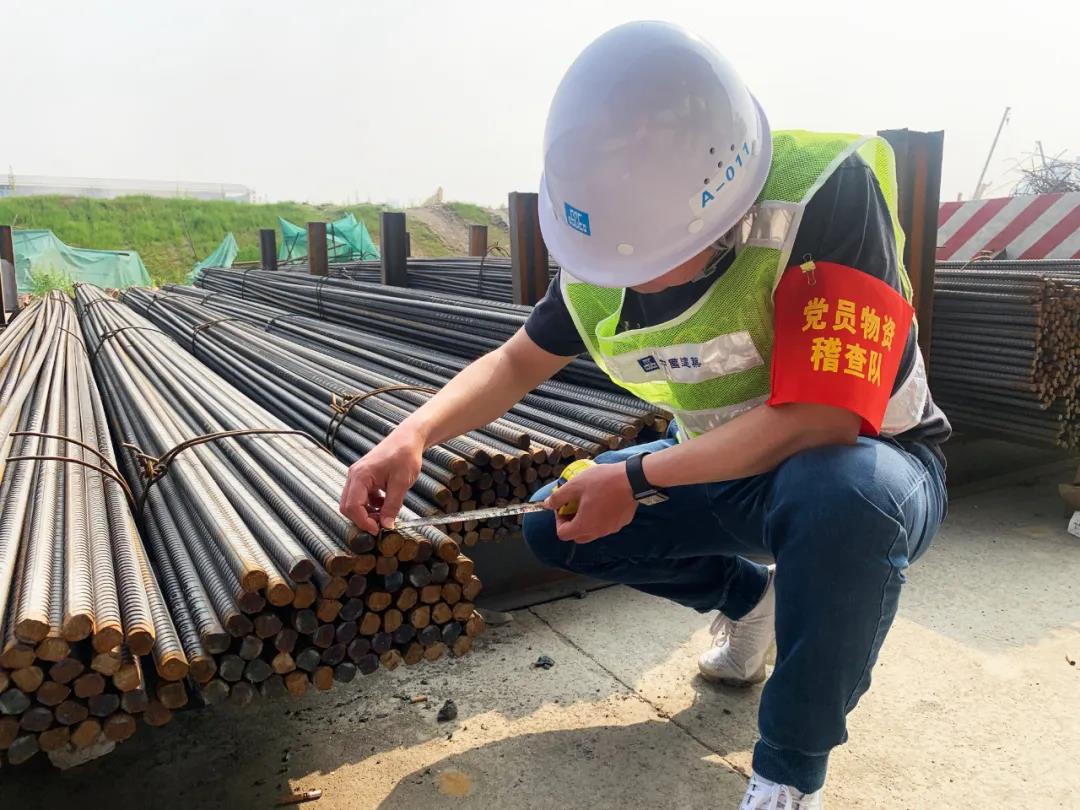
The Xinjiang sub-enterprise made logistical plans at the beginning of outbreak, preparing not only for the immediate disruptions, but also the uncertainties during the recovery from the pandemic. Materials and protective gears had been procured through multiple channels at the early stage. And given the vast difference between northern and southern Xinjiang in climate and geological conditions, the company also decided to delegate purchasing and commissioning power to the project teams, and appointed executives to oversee quality and transport.
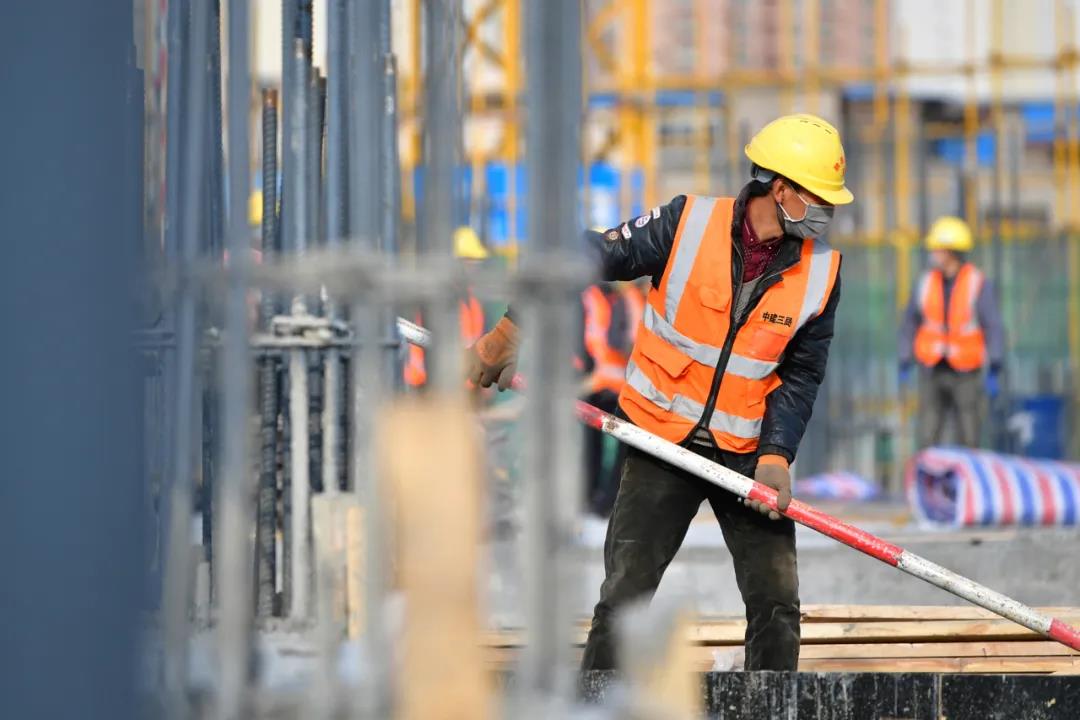
On-site management to make up for lost time
The Northwest branch of the Third Division established a scoring system to assess the status of production resumption. It reports on daily basis, with incentives to motivate teams and accelerate the recovery process. All nine projects under construction are now back on track.
The Seventh Division devised protocols for as scenarios as possible in case of outbreak resurgence. A series of emergency response practices have been conducted to test the division’s risks of community outbreak. When a worker fails a body temperature screening at the entrance, the alarm would be triggered, notifying the disease control manager. The worker would be put under isolated observation immediately, followed by standard disinfection of the area, epidemiological tracing, and quarantine.
The Fourth Division organized competitions among the employees as incentives to increase productivity.
Creating jobs and training programs
The Northwest branch of the Eighth Division created more than 60 jobs for the displaced labor force in southern Xinjiang amid the COVID-19 pandemic, providing pre-employment programs and job training. Out of concern for their health and safety, the division also arranged chartered buses to ensure their safe arrival to the workplace.
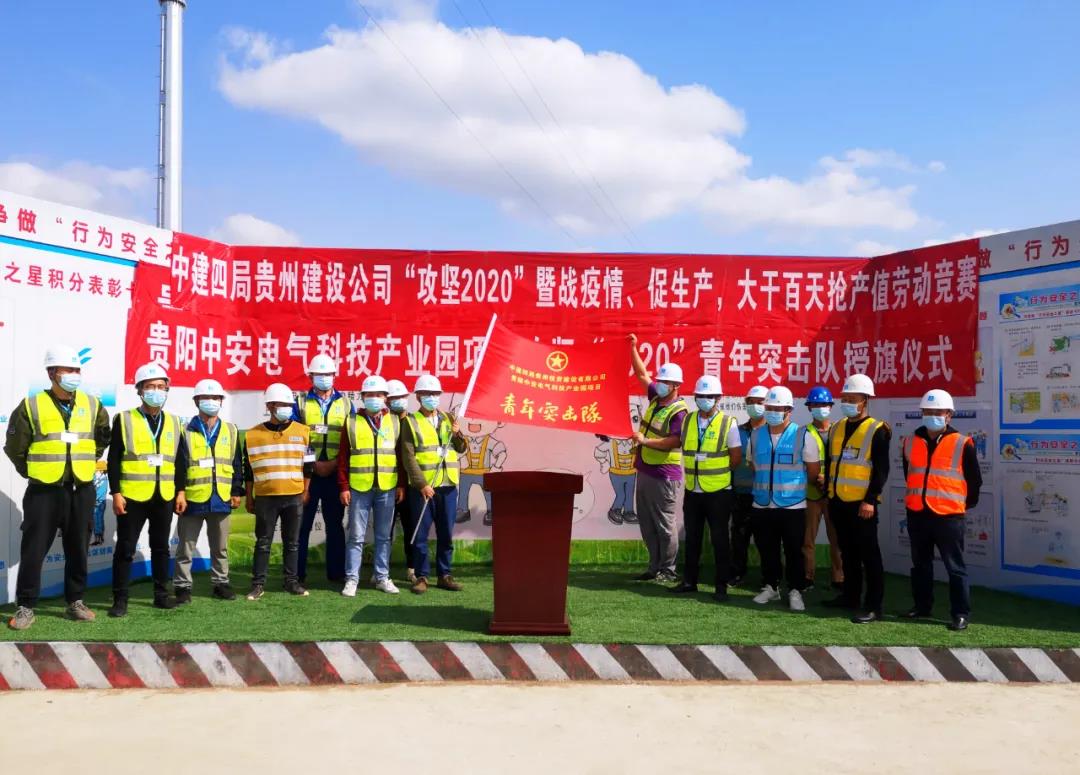
The Second Division, in close coordination with local governments, took the information of employment demands from the labor and employment administration center and matched with hiring needs from within. In the end, the division created a substantial number of new jobs for the neighborhoods, offering training of transferrable skills and proper knowledges of self-protection against coronavirus and generic preparedness.
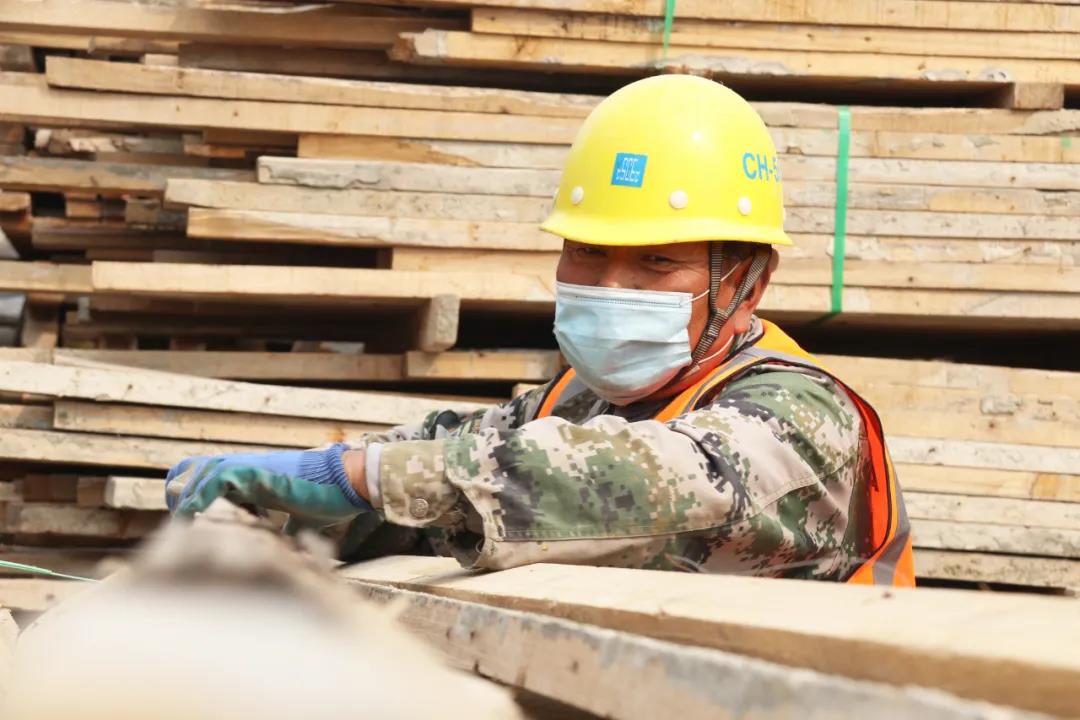
Financial support to dissolve worries
During the pandemic, CSCEC's financial departments provided strong supports and devised preferential policies to facilitate rapid resumption of production. Enormous efforts went into improving the capital allocation efficiency, establishing a close communication with banks, collecting information of fund demands on a daily basis, securing financial positions, and strengthening financial cybersecurity. More than 100 closure instructions were submitted every day, with more than 30 billion yuan (US$4.24 billion) in accumulation.
The departments also completed the construction of a 5.17-billion-yuan capital pool, providing funding for outbreak preventions, production resumptions, and project implementations. They instituted preferential policies on loan interests and exemptions, offering 50% discount on the original loan interest rate. They approved 6.3-billion-yuan in funding exclusively for outbreak preventions and production resumptions. For businesses of issuing guarantees and bill processing for member units, service fees within a certain amount are exempted. They have issued guarantees totaling 2.6 billion yuan, involving nearly 30 billion yuan in contract capital.